Ferrari SF1000: Technical Analysis of the Team’s 2020 F1 Car

Follow Us

When Ferrari launched its 2020 car, everyone watching had the same reaction. Is that the SF90? Well, at first glance the SF1000 appears very similar to its predecessor, but there are subtle differences. Look closely and you will be able to spot tiny differences from the 2019 car.
Ferrari SF1000 vs SF90
First, the front of the car. The nose appears to have borrowed major characteristics from the SF90, with minute changes. The nose now appears longer and has wider air inlets. Additionally, the wishbone system sits closer to the wheel and has been lowered when compared to the SF90. The SF1000 also appears to have a lower suspension setup with a relocated pushrod system.
ADVERTISEMENT
Article continues below this ad
A pushrod-pull rod system is a suspension system implemented in F1 cars to lower the centre of gravity and maximise efficiency.
Trending

Daniel Ricciardo To Be Replaced by Liam Lawson After Miami, F1 Pundit Dishes Out Harsh Verdict After Australian’s “Amateur Mistake”
April 17, 2024 11:14 AM EDT
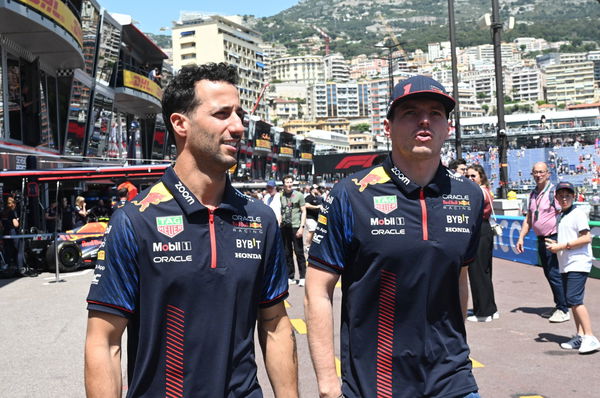
Max Verstappen Sabotaged Daniel Ricciardo’s Only Chance of Getting the Red Bull Seat for 2025
April 21, 2024 11:59 AM EDT
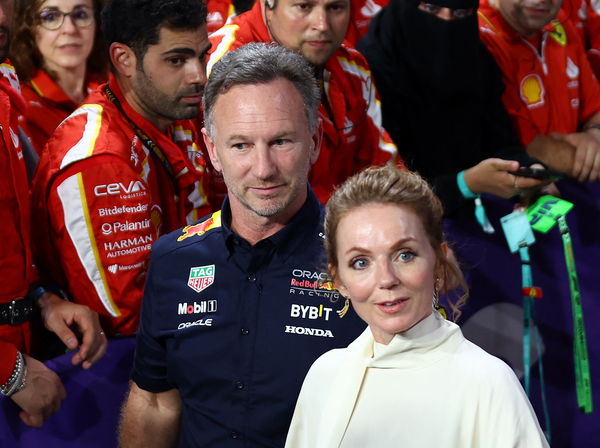
F1 Rumor: Christian Horner and Wife Geri to Publicly Reveal All Details on Leaked Chat Scandal
April 22, 2024 04:10 PM EDT

Carlos Sainz Blames Charles Leclerc for Causing Fred Vasseur’s Painful Chinese GP Loss
April 21, 2024 12:23 PM EDT
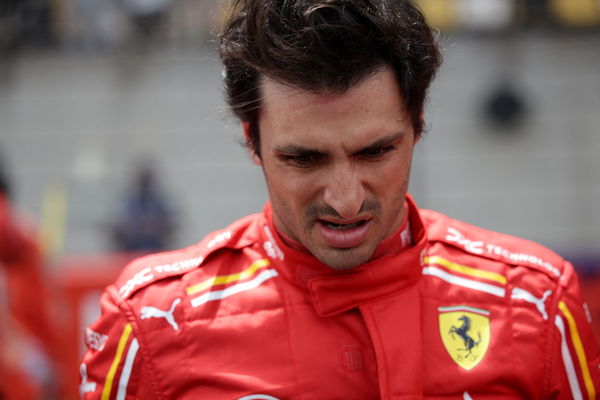
Ferrari F1 News: Carlos Sainz Pushed Away From Audi as “Difficult” Period Approaches After Contract Pressure
April 23, 2024 12:28 PM EDT
Get instantly notified of the hottest F1 stories via Google! Click on Follow Us and Tap the Blue Star.

Follow Us
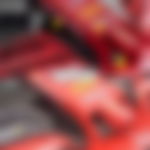
via Imago
All credits go to https://twitter.com/AlbertFabrega
The S-duct also appears to have been redone. The SF1000 has an S-duct that sits at a sharper, higher angle when compared to its predecessor. The S-duct, which was first introduced in 2012, acts like a black hole for dirty air. When F1 cars follow each other closely, the car behind is affected by turbulent air from the car ahead. To minimize the aerodynamic disturbance, teams use the S-duct to channel the dirty air above the car instead of letting it pass below.
Next, the bargeboard area. The SF1000 features a revamped bargeboard area and utilizes a curved design, one that most fans are familiar with. The bargeboard serves two purposes – redirecting airflow and assisting in cooling.
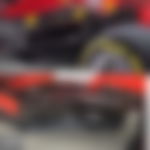
via Imago
All credits go to https://twitter.com/AlbertFabrega
The SF1000 also features minor modifications on the roll hoop and mirrors. The roll hoop now features ‘horns’ around the side, reminiscent of F1 cars in 2007 and 2008. This could assist in controlling flows. Furthermore, the 2020 car features a ‘wedged’ mirror design. The mirror now has a cover on top with the traditional design that connects with the cockpit.

Tweaks galore
The 2020 car also features subtle changes done to the sidepod. Ferrari seems to have gone the Red Bull way with the sidepods sitting lower. The SF90, on the other hand, featured a more pronounced sidepod. Furthermore, the design includes a sharp curve on the outside culminating with a more compact design. Sidepods serve as a cooling mechanism and safety structure in the event of a crash.
The engine cover also features a minor modification. The SF1000 features a ‘ridge’ leading to the tail fin of the car. Previously, the SF90 had a long uninterrupted design which spread from the roll hoop towards the rear wing.

ADVERTISEMENT
Article continues below this ad
These are some of the technical changes that have been implemented in the 2020 car. Additionally, there are a few cosmetic changes implemented in the SF1000.

The most noticeable change lies in the new driver number graphics. Scuderia Ferrari has reverted to a 2018 like style, featuring a bolder, sharper design which is easier to read. The number display change has been applied to both, the nose and engine cover of the car.
ADVERTISEMENT
Article continues below this ad
Next, a very subtle change that’s quite easy to miss. Ferrari has implemented the iconic Italian tricolour along the bargeboard and rear of the car. An eloquent tribute by the Scuderia to its rich heritage.
Well, Mattia Binotto definitely wasn’t joking when he said the team had implemented ‘extreme’ changes. Only the first race in Melbourne will be an indicator if Ferrari’s efforts have paid dividends.
Written by:
